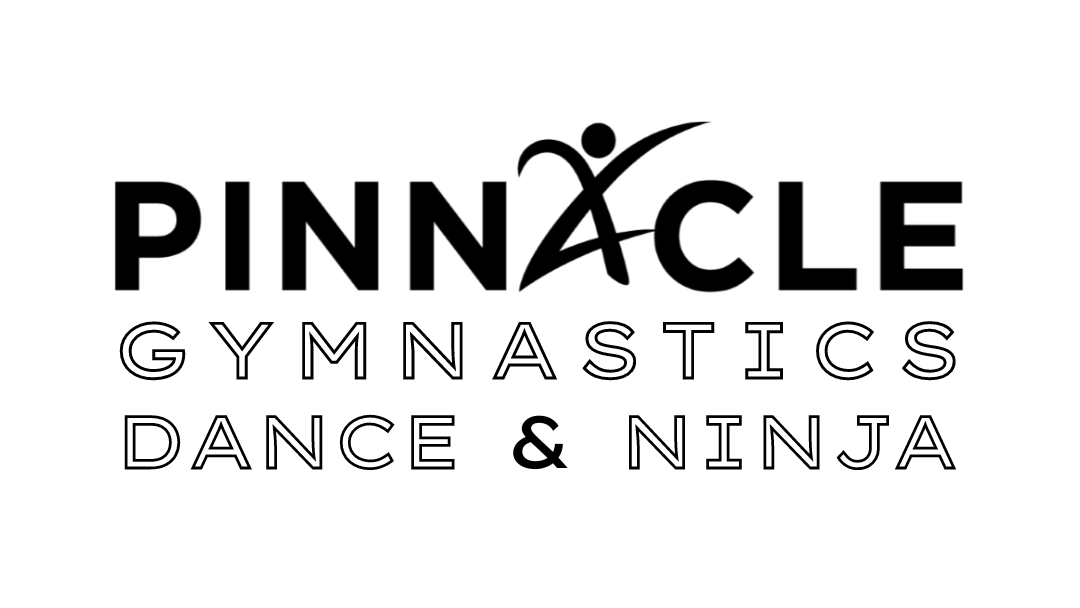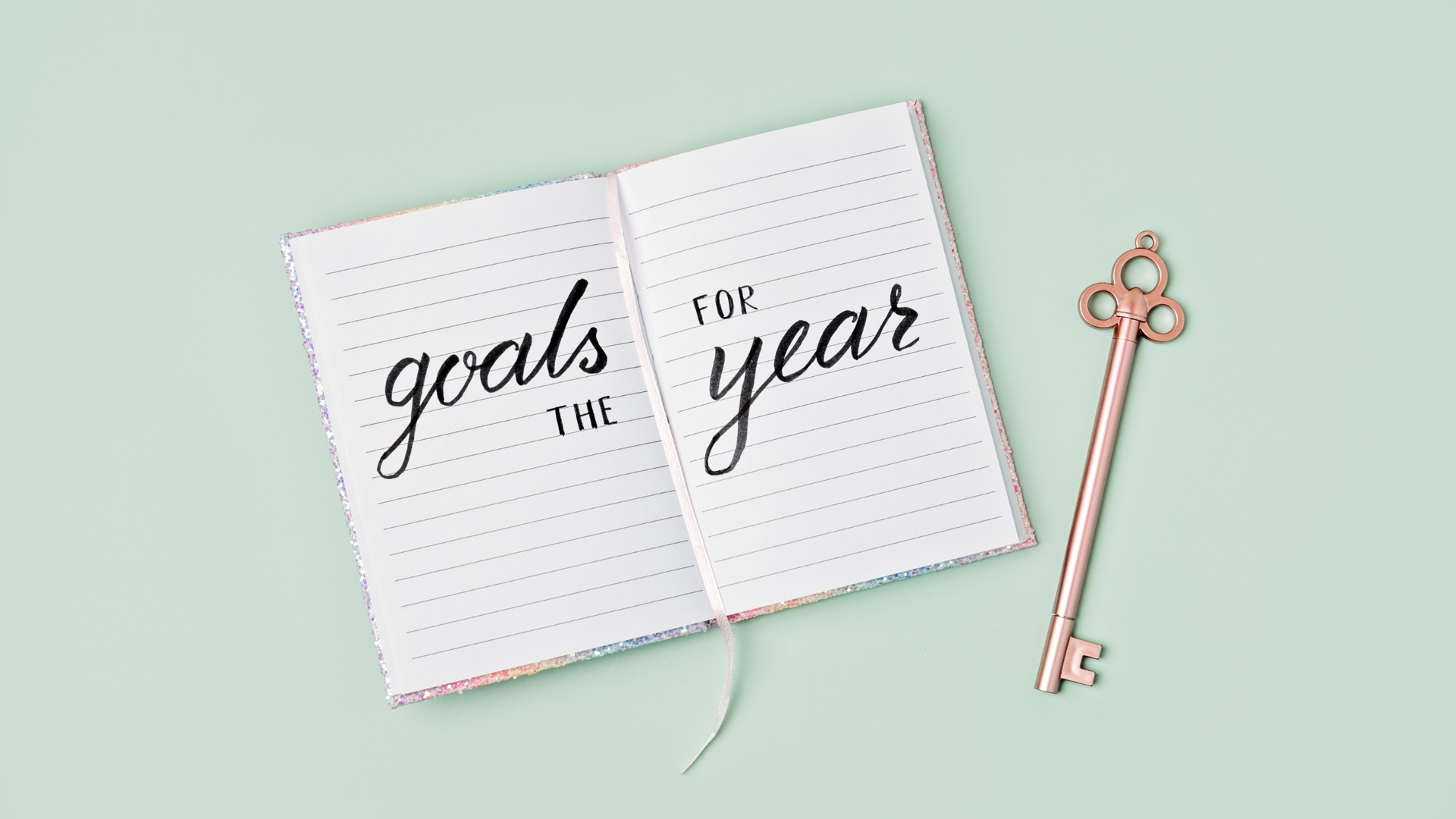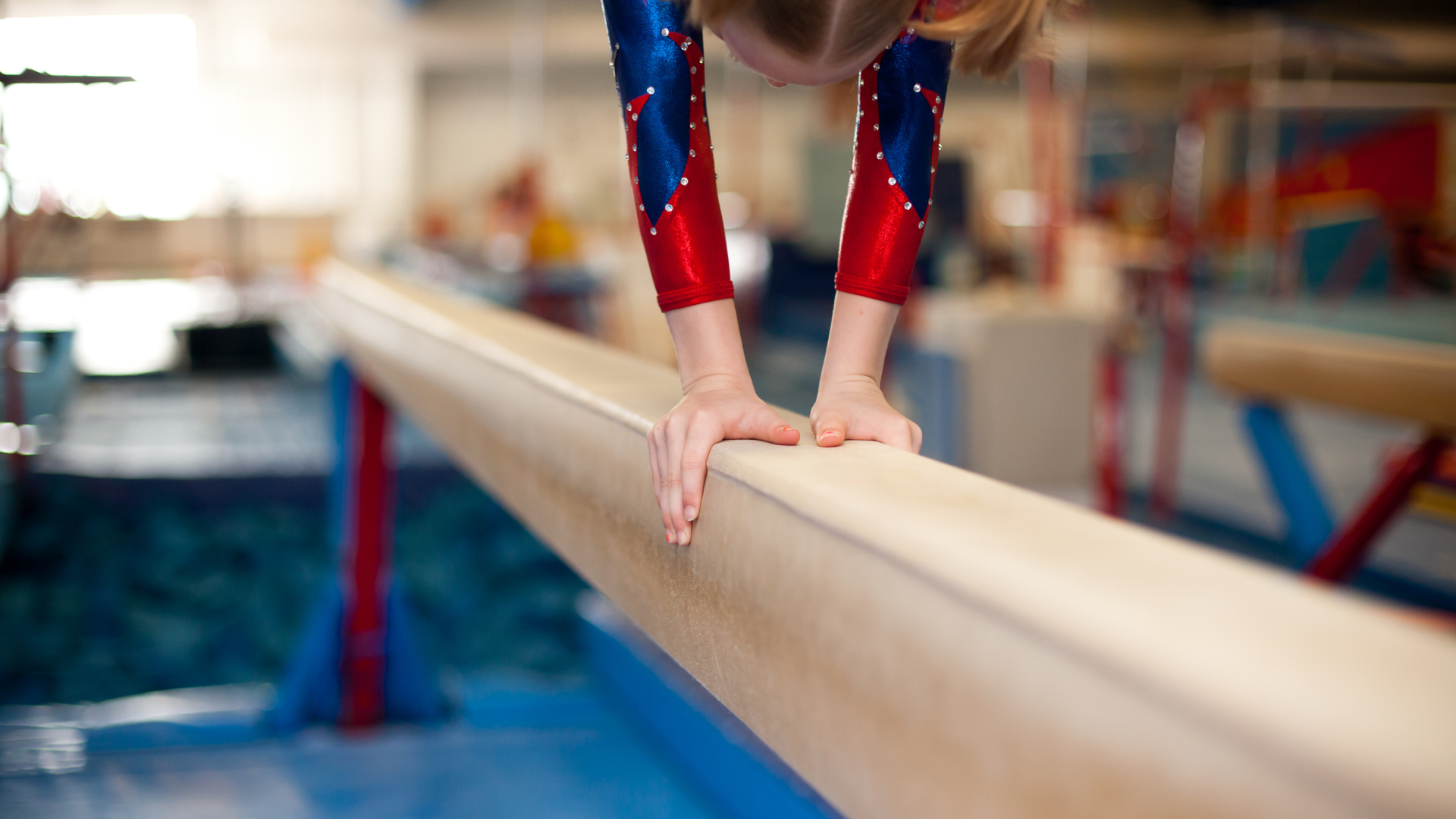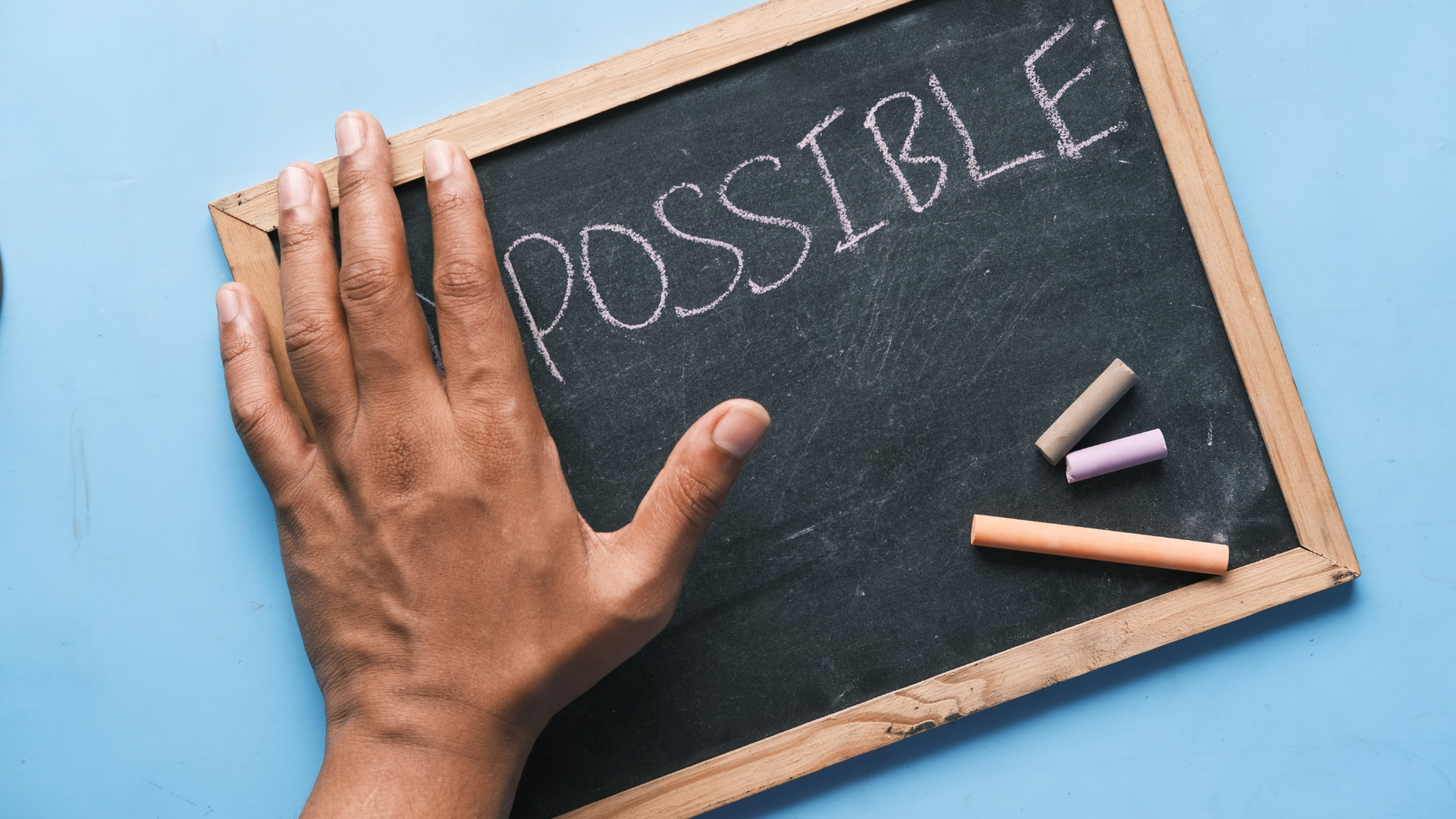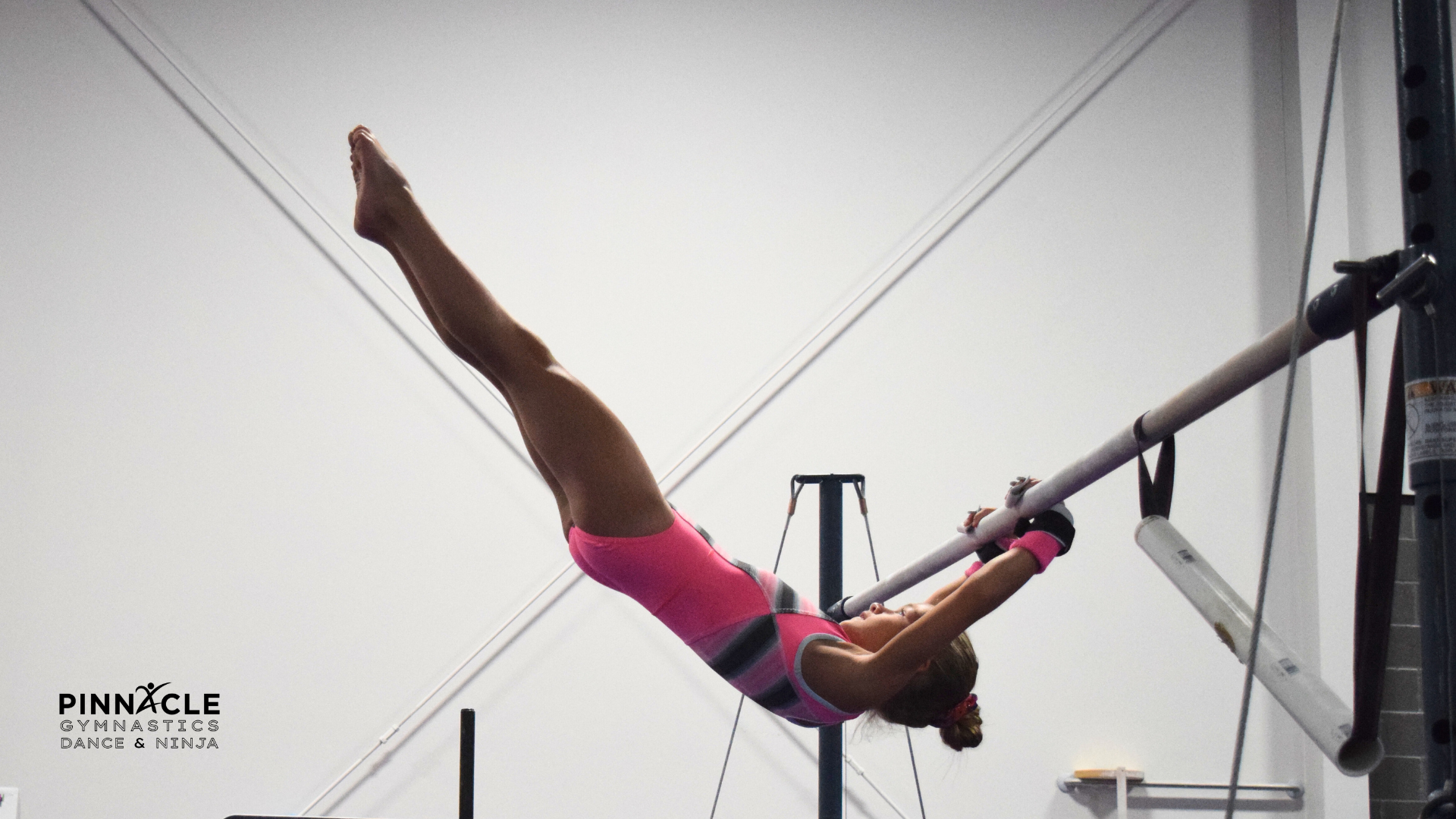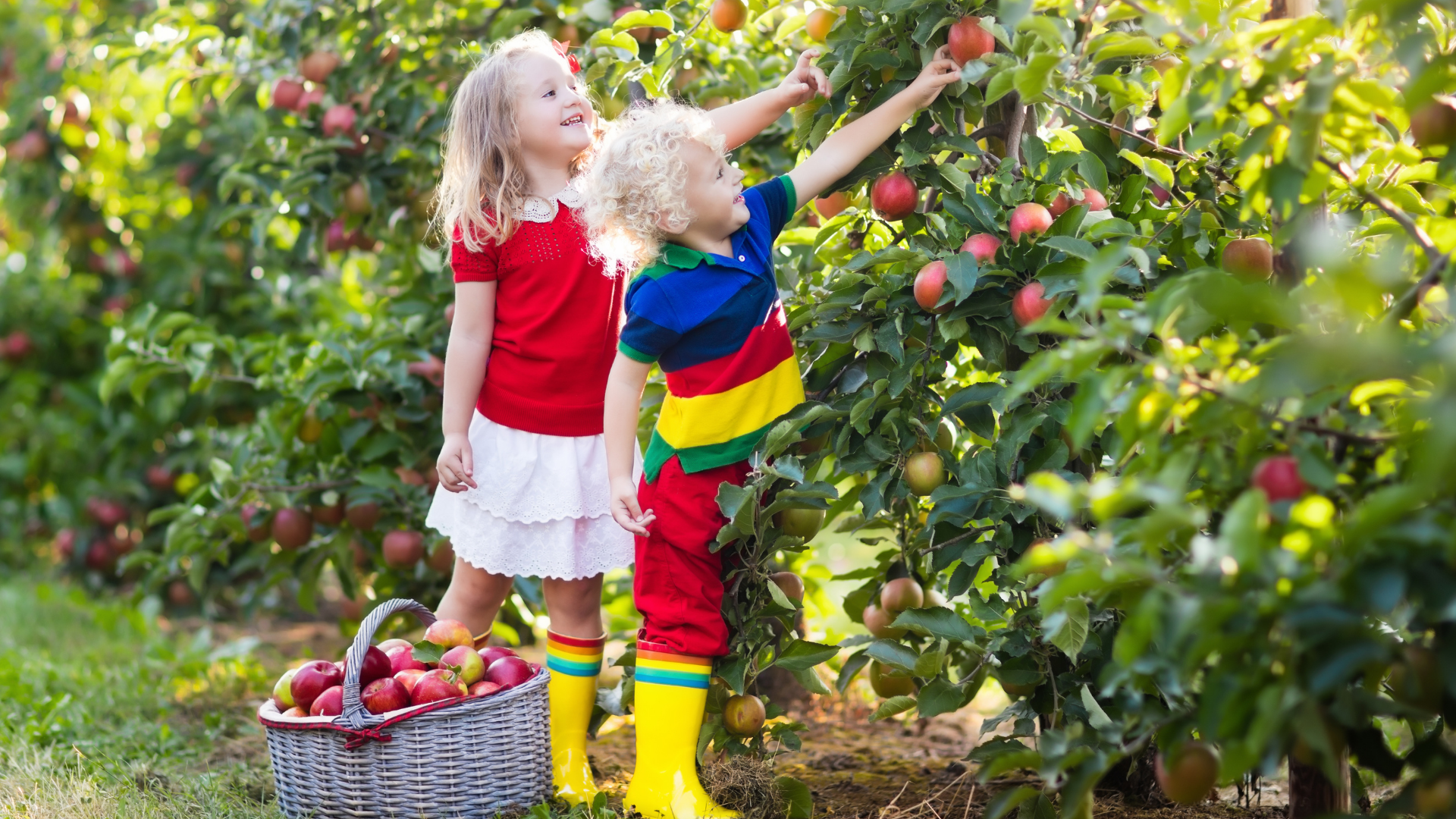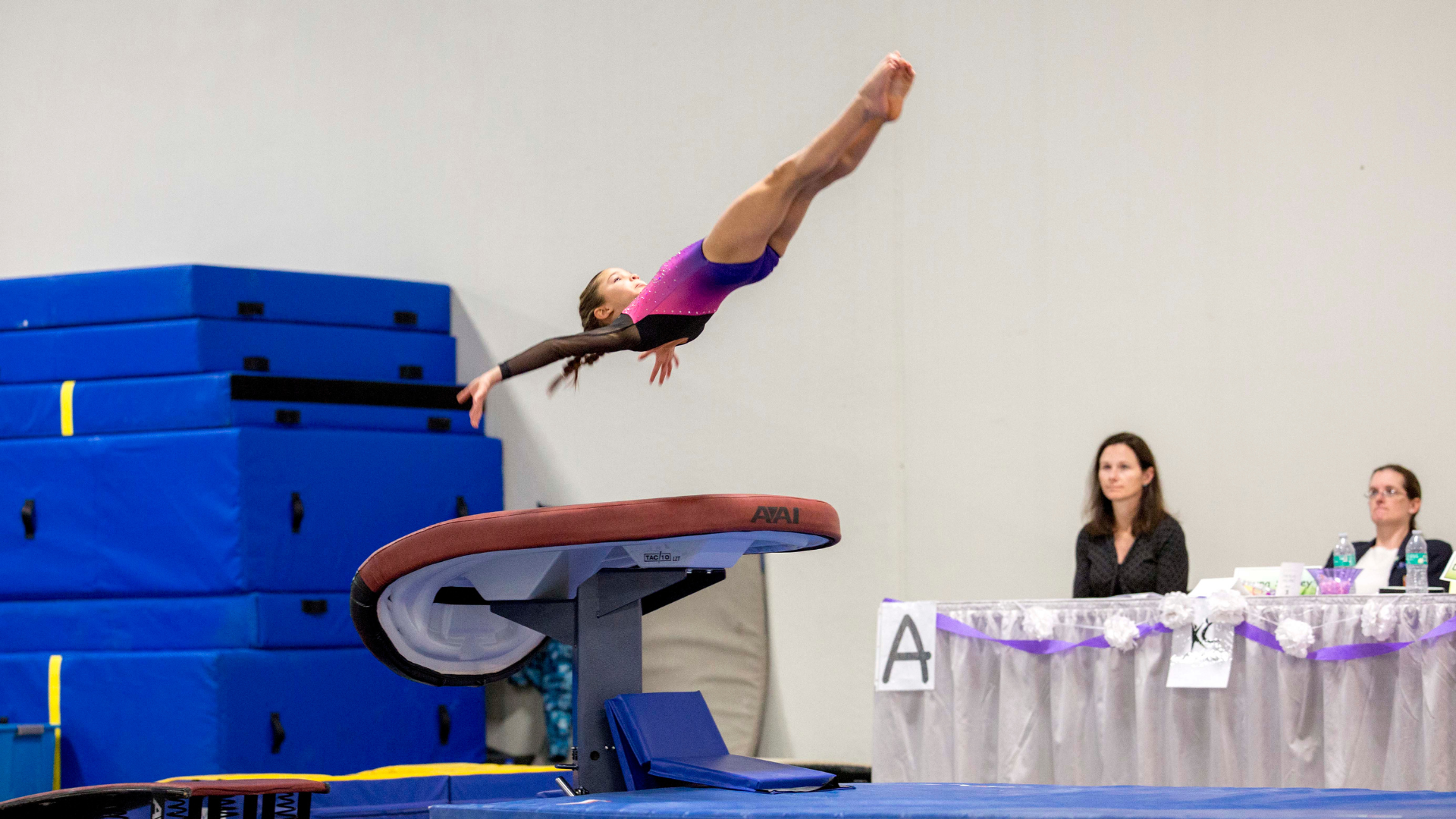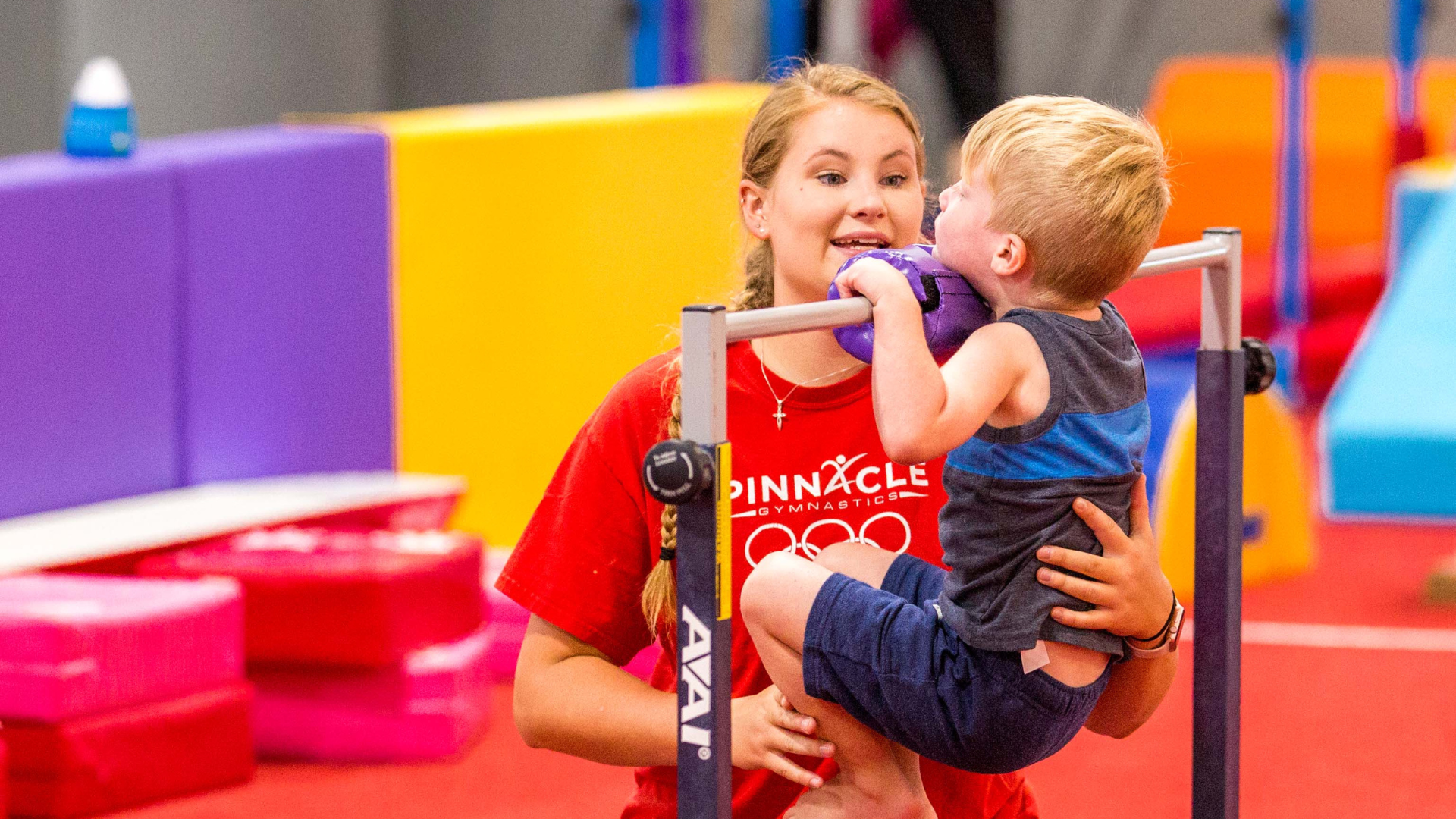3 Handstand Drills You Can Do at Home
3 Handstand Drills You Can Do at Home
Did you know that the handstand is one of the most fundamental skills in gymnastics? Whether you're working on tumbling passes, bars, or beam routines, a solid handstand lays the groundwork for countless advanced movements. Not only is it essential in gymnastics, but handstands also help develop body awareness, upper body strength, and balance—skills that are beneficial for athletes in many sports and fitness disciplines.
Fortunately, you don’t need to be in a gym to work on your handstand technique. With just a little space, a wall, and some determination, you can improve your handstand from the comfort of your home. Here are three handstand drills you can practice today:
1. Practice the Handstand Shape
Before you ever kick up into a handstand, it’s critical to understand the correct body position. Practicing the handstand shape on the floor helps build muscle memory and alignment.
How to do it:
- Lay flat on your stomach with your arms extended overhead.
- Press your hands against a wall or couch to mimic the feeling of pushing into the floor.
- Pull your belly button in toward your spine and flatten your hips into the floor to eliminate any arch in your lower back.
- Squeeze your glutes and legs together tightly, reaching long through your toes and fingertips.
Tip: This should feel like every muscle in your body is working together. Try holding this position for 10–30 seconds, rest, then repeat 3–5 times. Over time, aim to increase how long you can hold this shape without losing form.
Why it matters: This shape is the foundation of a handstand. Whether you're upside down or just lying on the floor, your body should stay straight, tight, and controlled. Learning this on the ground makes it easier to maintain once you're actually in the air.
2. Pike Handstand
This is a great progression drill to build strength and get used to the feeling of being upside down, without needing to fully commit to a freestanding handstand.
How to do it:
- Start by placing your hands shoulder-width apart on the floor.
- Put your feet up on a sturdy surface like a couch, ottoman, or low table.
- Walk your hands in slightly so your hips lift directly over your shoulders and hands, creating a right angle—or an upside-down "L"—with your body.
- Keep your arms straight and push through your shoulders to avoid collapsing.
- Engage your core and look toward your hands to help with balance.
Progression: Once you're comfortable in this position, try lifting one leg up into the air so it points straight up toward the ceiling. Your body should now resemble a half-handstand, with one leg extended and the other still supported by the couch.
Why it matters: This drill helps develop shoulder strength, core control, and comfort in an inverted position. It’s an excellent bridge between floor drills and full wall-supported or freestanding handstands.
3. Wall Handstand
Now it’s time to get fully vertical! Wall handstands allow you to safely practice the full handstand shape with added support, while still developing the strength and balance needed for freestanding handstands later on.
How to do it:
- Find a clear wall and place your hands a few inches away from the base.
- Walk your feet up the wall and your hands in until your body is in a straight line.
- Try to get your hips and stomach flat against the wall. Your chin should gently touch the wall, with your eyes focused on your hands.
- Point your toes and squeeze your legs together to create a tight, straight line.
Challenge yourself: When you feel stable, walk your hands a little farther away from the wall. This increases the difficulty and helps you begin finding your balance without full support.
Why it matters: Wall handstands are an ideal way to practice your alignment and control. Over time, you'll build the shoulder strength and muscle memory required to kick up and hold a handstand on your own.
Final Thoughts
No matter your level of experience, consistent handstand practice is incredibly valuable. Beginners benefit from learning the correct body shapes and building strength, while more advanced gymnasts use these drills to maintain control and refine their form.
Remember, progress takes time. Celebrate small victories—whether it's holding your handstand for a few extra seconds or improving your alignment in a wall handstand. Practicing just a few minutes a day can lead to noticeable improvements over time.
So, roll out your mat, clear some space, and start working on those handstands—you’ve got this!
